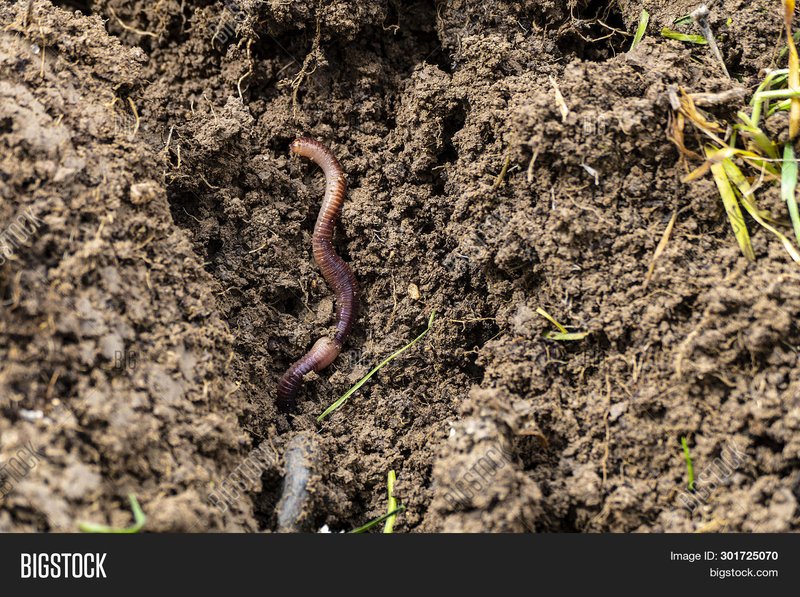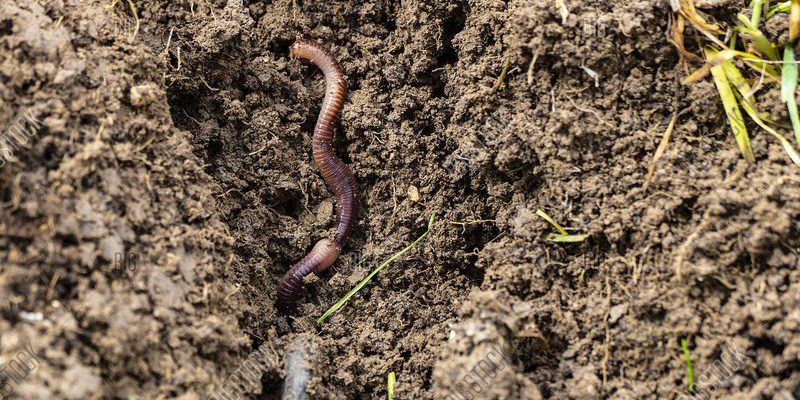
Imagine you’re at a party with different types of people. Some are friendly and adaptable, while others prefer their own space or specific environments. Earthworms are a bit like that, too! They have their own preferences when it comes to soil, which affects their ability to survive and flourish. So, let’s break down how they fare in sandy and clay soils, and why it matters for your garden or local ecosystem.
Understanding Earthworm Habitats
Earthworms are fascinating little creatures that play a big role in our ecosystems. They help break down organic matter, aerate the soil, and enhance nutrient availability for plants. But the type of soil they prefer can significantly impact how well they do their job.
Different types of earthworms thrive in different soil conditions. Some prefer moist environments with plenty of organic material, while others are more tolerant of varying soil types. The key? Their ability to adapt to local soil conditions while still getting the moisture and nutrients they need.
So, when it comes to sandy or clay soil, understanding the needs of earthworms helps determine if they’ll survive and thrive there. It’s like figuring out which plants grow best in your garden based on sunlight, water, and soil type.
Can Earthworms Survive in Sandy Soil?
Sandy soil is great for drainage, but it can be a challenge for earthworms. Think of sandy soil as a beach; it’s dry, loose, and not very nutrient-dense. Earthworms need moisture to survive, and while sandy soil drains well, it can dry out quickly.
However, not all is lost! Some species of earthworms can adapt to sandy conditions. They can still live in sandy soil as long as they have access to organic matter, like decaying leaves or compost. This organic matter provides both a food source and helps retain moisture.
Here are a few things to consider about earthworms in sandy soil:
- Moisture Retention: Earthworms need a moist environment to survive, so adding organic material can help.
- Species Variety: Certain species, like the Allolobophora chlorotica, are more suited for sandy conditions.
- Soil Amendments: Mixing in compost can create a more hospitable environment for earthworms.
It’s fascinating how adaptable nature can be! Earthworms can often find a way to make sandy soil work for them, as long as they have the right support.
The Struggles of Earthworms in Clay Soil
On the flip side, clay soil presents its own set of challenges for earthworms. Think of clay as that thick, sticky playdough that’s hard to work with. It’s dense, doesn’t drain well, and can become compacted. Earthworms often struggle in clay soil because it can suffocate them and limit their movement.
But again, it’s not a complete loss! Some earthworm species have adapted to clay soil and can thrive under these conditions, too. For instance, the common nightcrawler (Lumbricus terrestris) can dig deep into the soil, helping to alleviate some of the compaction.
Here are a few aspects of earthworms in clay soil worth noting:
- Compaction Issues: Clay tends to compact easily, making it hard for earthworms to move and breathe.
- Drainage Problems: Wet conditions in clay soil can lead to oxygen deprivation for earthworms.
- Soil Structure Improvement: Earthworms can improve clay soil by creating tunnels that help with drainage.
So, while clay soil isn’t the most comfortable home, earthworms can still contribute positively to its structure if given the chance!
Benefits of Earthworms in Different Soil Types
Regardless of whether they’re in sandy or clay soil, earthworms offer incredible benefits that can enhance plant growth and soil health. Just like a well-rounded team adds strength to a game, earthworms add value to any soil type.
1. Nutrient Cycling: Earthworms break down organic matter, turning it into nutrients plants can use. This means healthier plants and more productive gardens.
2. Soil Aeration: As they burrow, earthworms create channels in the soil that improve aeration and drainage. This is especially useful in compacted clay soil.
3. Microbial Activity: Their presence stimulates the growth of beneficial microorganisms, which can further enhance soil fertility.
In sandy soil, earthworms help retain moisture and nutrients, while in clay soil, they can create a more welcoming environment by loosening up compacted areas.
How to Create a Welcoming Environment for Earthworms
If you’re looking to boost earthworm populations in your garden, regardless of soil type, there are steps you can take. Here’s a simple game plan to make your soil more inviting:
1. Add Organic Matter: Enrich your soil with compost, leaves, or well-rotted manure. This not only feeds the earthworms but also improves soil structure.
2. Moisten the Soil: Ensure the soil stays damp but not soggy. If it dries out too much, earthworms can struggle to survive.
3. Avoid Pesticides: Chemicals can harm earthworm populations. Aim for organic gardening practices to protect these vital creatures.
By taking these steps, you can create a nurturing environment that helps earthworms thrive, whether in sandy or clay soil.
So, can earthworms live in sandy or clay soil? The answer is a resounding yes, but with conditions! They might face challenges, but with a little human help, they can adapt and thrive.
Earthworms play a critical role in enhancing soil health and supporting plant life. By understanding their needs and how different soil types affect them, you can nurture your garden and the earthworms within it. Just like each one of us has a place in our community, earthworms have an essential role in the soil ecosystem. When we support them, we promote healthier, more vibrant gardens. So, get your hands in the dirt, and let’s give those earthworms some love!

